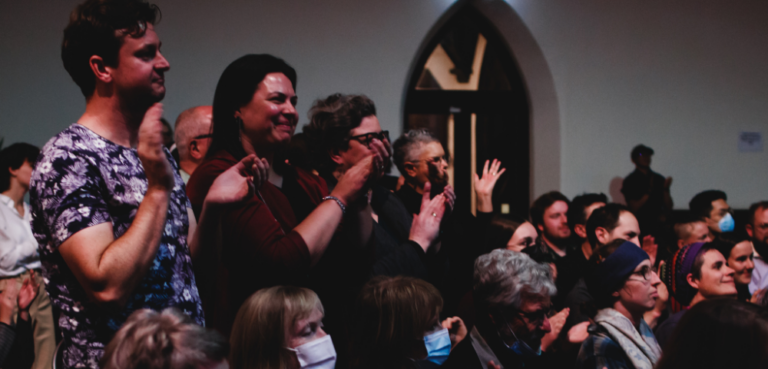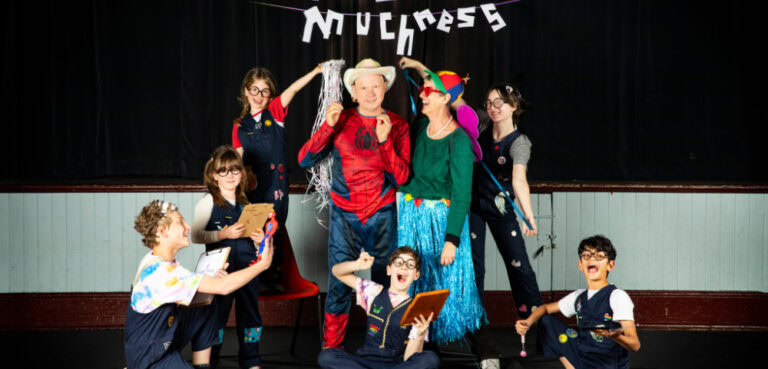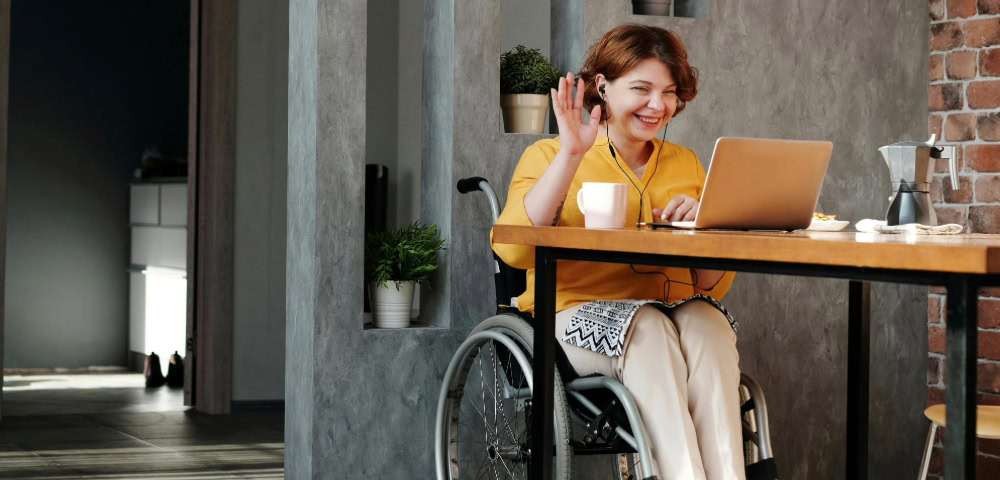
Paul Yore: Portrait Of The Artist As An Activist

Artist Paul Yore spent much of the 2020 COVID-19 lockdowns in Victoria, at his home in Gippsland, working on a piece about the bushfires that raged that summer through East Gippsland.
The work, ‘The Evacuation of Mallacoota’, a stunning mixed-media appliquéd quilt piece, is part of NGV’s brand new exhibition Queer that opens on March 10, 2022.
One of the Largest Collections of Queer Artworks in the Country
Five years in the making, ‘QUEER – Stories From The NGV Collection’ is an Australian-first landmark exhibition, with over 400 artworks and is one of the largest collections of queer artworks exhibited in the country.
“I was trying to imagine how a queer or marginal subject might fit within this uneasy frame, pointing to unresolved and conflicting versions of Australian history,” Yore tells Star Observer.
Yore’s works are known to feature found objects, so it’s no surprise that ‘The Evacuation of Mallacoota’ started its journey as a second-hand blanket.
“I painted the figures using house paint (on to the blanket); these were loosely copied from a picture of nude men at the beach from a homoerotic book. I then began filling in the ‘background’ of the piece, hand-sewing scraps of second-hand fabric from a diverse range of sources: upholstery scavenged from discarded roadside furniture, clothing, tea-towels, tote-bags, bedding, scraps of lace and found decorative embroidery,” Yore explains.
According to Yore, he was trying to “capture a sense of fragmentation”, that mimics the “disconnectedness of images and information in the post-internet media environment”, while also seeking to problematise “the tradition of landscape or history painting as the ubiquitous pictorial conventions of Australian settler-colonial mythmaking.”
The Artist as an Activist
Yore’s work is part of a section that looks at the artist as an activist. And, activism is not something new for Yore, who as a 15-year-old was involved in the anti-war protests in Melbourne in 2003 against the US-led invasion of Iraq.
“I became an artist because I rejected mainstream society,” says Yore, but adds that he finds contemporary art “quite removed from the frontlines of meaningful political struggle.”
Yore grew up in a “staunchly Catholic household” and attended religious schools, which he said made his coming out quite difficult.
“I dutifully came out as gay when I was 18, after leaving high school,” he says.
“I see my work in textiles as connected to the queer desire for forms of belonging and feeling that I did not have access to when I was growing up. Weaving, embroidery, sewing, and quilting are all methodologies with long connections to communal, matrilineal, femme, non-Western, and queer story-telling traditions, and as such retain a vital and urgent connection to the production of much-needed dissenting visions of reality.”
Queer and Marginalised Communities Need Art
Yore has had his share of controversies, including censorship and criminal cases. “My work deals with sex but also political subjects in a very explicit and uncompromising way,” says Yore.
“There is a long tradition of attacking and censoring queer art in the name of public morality. However, I believe art should be disruptive. For me, art is a form of therapy, so my way of dealing with my work being attacked is simple: to continue making my work undeterred.”
Yore believes that now more than ever, queer and marginalised communities need art. “Queer communities, and other diverse, marginalised, or oppressed peoples need to make art. Art connects us to nature, to the world, to histories, to ancestors, to communities. It enables us to connect with each other in meaningful ways, and allows us to be emotional, share grief and trauma, and find methods of healing and radical forms of mutualism and solidarity.”









